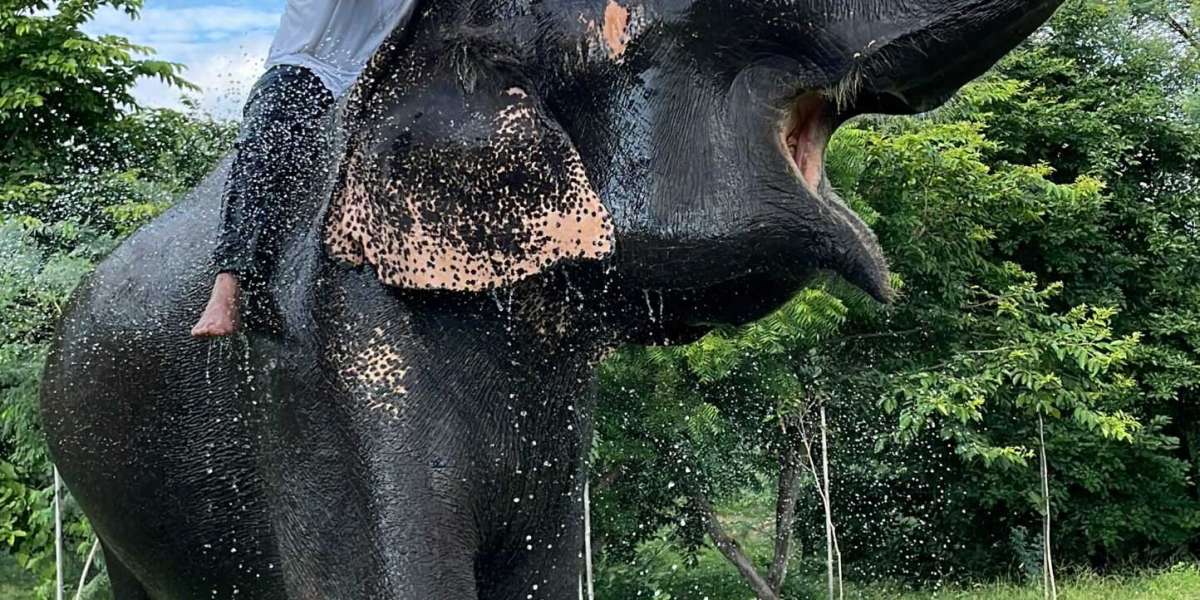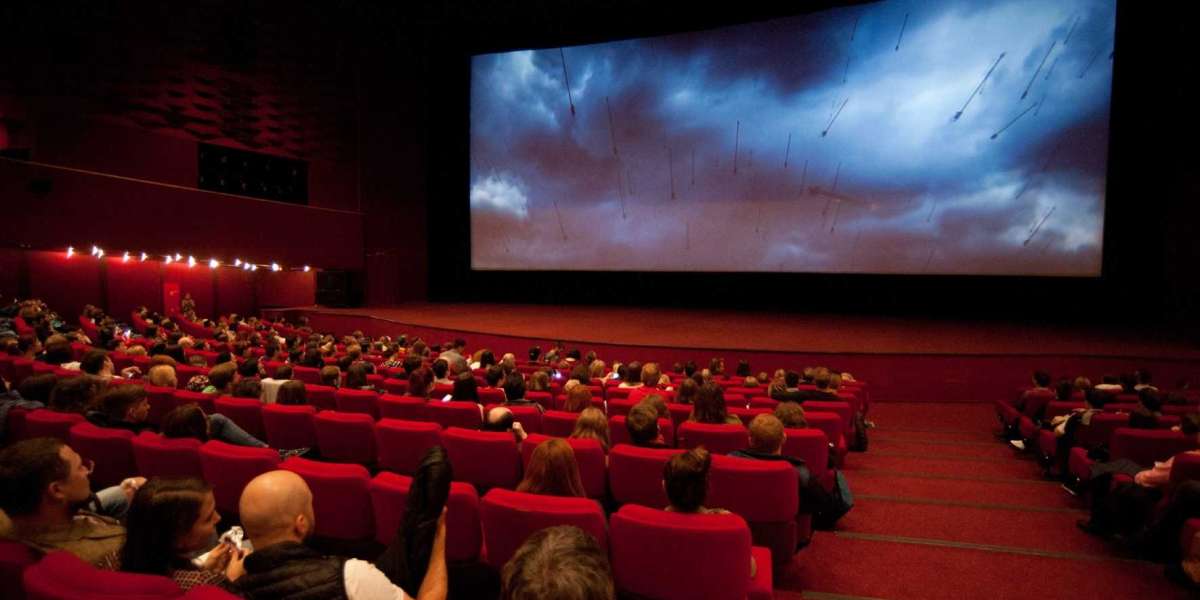In our modern, fast-paced world, we often find ourselves surrounded by concrete jungles, technology, and the hustle and bustle of daily life. Amidst this chaos, there is a tranquil and enchanting realm waiting to be explored—the world of wildlife. Wildlife photography allows us to venture into this realm, capturing the raw and untamed beauty of nature's inhabitants through the lens of a camera.
The Thrill of the Hunt
Wildlife photography is not just about clicking a button; it's a patient and exhilarating endeavor. Imagine waiting silently in the early morning mist, hidden behind foliage, camera at the ready, for that perfect shot of a majestic eagle taking flight or a curious fox peeking out from its den. The thrill of capturing a fleeting moment of nature's splendor can be both humbling and awe-inspiring.
Connecting with Nature
In our increasingly urbanized world, the connection to nature can sometimes feel distant. Wildlife photography bridges this gap by allowing us to witness the intricacies of animal behavior and the harmony of their ecosystems. Whether it's the tenderness of a mother caring for her young or the powerful display of a predator in pursuit, these photographs remind us of the delicate balance that exists in the natural world.
Preserving Memories and Raising Awareness
Wildlife photography not only preserves memories of encounters with creatures both great and small but also serves as a tool for raising awareness about conservation efforts. A photograph of a vulnerable species or a habitat under threat can ignite a sense of urgency in viewers, compelling them to take action to protect the environment. These images can inspire people to support conservation organizations, reduce their carbon footprint, and advocate for sustainable practices.
Technical and Ethical Considerations
While capturing stunning wildlife photos is undeniably rewarding, it's essential to approach this art form with responsibility and ethics. Photographers should prioritize the welfare of the animals and their habitats. Respect for their space, using long lenses to maintain a safe distance, and avoiding any disruption to their behavior are crucial factors in ethical wildlife photography.
Tips for Aspiring Wildlife Photographers
Patience is Key: Wildlife rarely follows a schedule, so be prepared to spend extended periods waiting for the perfect moment.
Know Your Subjects: Research the behaviors and habitats of the animals you want to photograph. This knowledge will help you anticipate their movements and actions.
Invest in Equipment: A good telephoto lens is essential for wildlife photography. It allows you to capture subjects from a distance without disturbing them.
Composition Matters: Apply principles of composition to your wildlife shots, considering elements like rule of thirds, leading lines, and framing.
Lighting: Utilize the golden hours—shortly after sunrise and before sunset—for soft, warm lighting that enhances the beauty of your subjects.
Practice Ethical Photography: Respect the wildlife you're photographing by minimizing disturbances and adhering to ethical guidelines.
See more:-
Elephant sanctuary, Ethical tourism,






